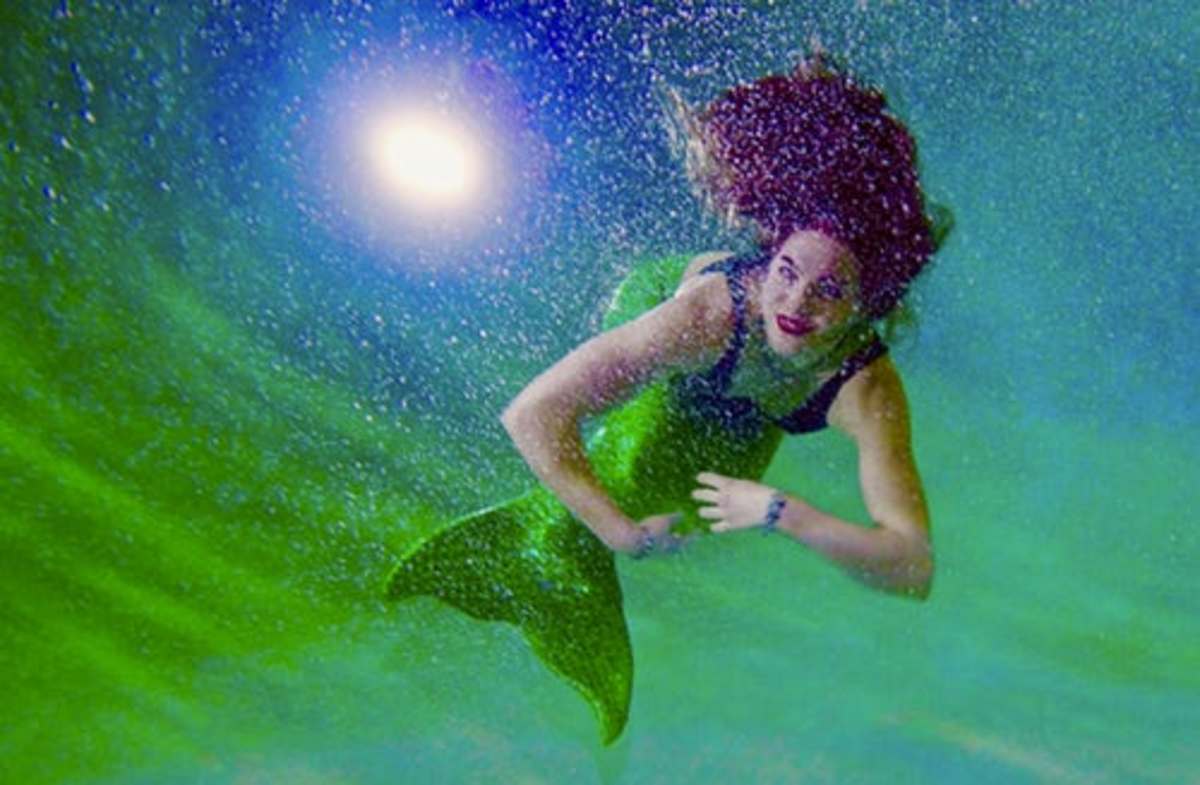- HubPages»
- Books, Literature, and Writing»
- Commercial & Creative Writing»
- Creative Writing»
- Humor Writing
Tale of the Fiji Mermaid

P.T. Barnum
Adolf Hitler may have had it right when he wrote in his book titled “Mein Kampf”, "The great mass of people will more easily fall victim to a big lie than to a small one." Circus great P.T. Barnum apparently subscribed to a similar philosophy. And he proved it with his famous “Fiji Mermaid” exhibit.
The Fiji Mermaid was supposedly a mummified body of a creature half mammal and half fish. Though many people were fooled by Barnum's exhibit, the Fiji mermaid was merely the torso and head of a baby monkey sewn to the back half of a fish and covered in paper-mâché. The original exhibit has since been copied many times in other attractions. There are at least seven "Fiji Mermaids" still in existence today, examples of P.T. Barnum's brand of 19th century expert showmanship.
Barnum acquired the original curious novelty from an associate, Moses Kimball, in Boston. The original exhibit was presumed to be lost in the 1860s when Barnum’s museum caught fire.
The Fiji Mermaid
Kimball brought it to Barnum in late spring of 1842. On June 18, Barnum and Kimball agreed to exploit this “curiosity supposed to be a mermaid.” Kimball remained the sole owner and Barnum leased it for $12.50 a week. Barnum christened the curiosity “The Fiji Mermaid." Of course, the mermaid was a fake but Barnum was a master showman who knew how to transform the interesting oddity into an event.
Supposedly, the mermaid was caught by an English scientist off the coast of Fiji. In reality, Kimball had simply purchased it from an anonymous seaman and was the work of an Indonesian craftsman using either papier-mâché and materials from exotic fish, or the tail of a fish and a torso of a baby orangutan, stitched onto the head of a monkey.
Little did the gullible, unsuspecting public realize the Fiji Mermaid was actually from Japan, where fake mermaids were produced for sale to tourists. In those days, news traveled at a snail’s pace, therefore the possibility of the hoax being perpetrated was slight.
The fake mermaids were made because in Japan they are considered to be a mainstream religious deity (called Ningyo Shinko or mermaid religion.) Many Shinto shrines and Buddhist temples have mummified mermaids there for people to worship even today.
Barnum used a phony expert and faked pictures of mermaids in deceiving his audiences. The mermaids in the campaign poster pictures were actually naked young girls outfitted with fake fish tails. Naturally, this captivated the public's imagination…at least until can they got to the show and discovered Barnum's mermaid was nothing more than a dead, dried-up and ugly monstrosity.
Today, we may ask how people could ever have been deceived by it. The actual Fiji Mermaid was a fish's tail stitched to the body of an orangutan , a far cry from the beautiful creatures depicted on the posters. However, the mermaid’s ugliness is probably what made it so convincing. A beautiful young girl with a fake tail wouldn’t have been very believable.
Joe Nickell, in his “Secrets of the Sideshows,”showcased several modern-day exhibits claiming to be Barnum's original mermaid, or as he referred to them, "fakes of Barnum's fake.” Exhibits at Ripley's Believe it or Not, Coney Island's Sideshow by the Seashore and Bobby Reynolds's traveling sideshow both claim to be the original. But, wasn’t the original exhibit lost in the 1860’s when Barnum’s museum caught fire? Some say it wasn't.
He also describes an update on an elaborate system to project the image of a live woman into a fishbowl, giving the appearance she is only an inch or two long. He tells the story of a performer who was smoking a cigarette in her hidden chamber. The employee outside enticing patrons to see the show was confronted by an angry, skeptical patron demanding to know how it was possible for a "mermaid" to smoke underwater.
Today the term "Fiji Mermaid" has become a common term to describe any kind of fake mermaid.







